Scala Contarini del Bovolo
La torre cilindrica, alta ventotto metri e contenente la scala a chiocciola, è caratterizzata cromaticamente dall'alternanza di mattoni di cotto rosso e pietra bianca d'Istria che si dipana nei sei piani di logge che salgono gli ottanta gradini del bovolo.
The most impressive and valuable spiral staircase in Venice
In its long existence the Palace, whose vicissitudes span five centuries of Venetian history, has known different owners. Many have been the tenants who have lived, not always in luxury, in the rooms of this "casa fontego" of evident late Gothic taste.
Towards the end of the fifteenth century, the palace was enriched with a "bizarre and graceful" spiral staircase (in Venetian "bovolo," hence the appellation) commissioned by Pietro Contarini, a scion belonging to the powerful Contarini family of the San Paternian branch that in the fourteenth century had been able to boast the high honor of having given a doge, Andrea Contarini, to the Serenissima Republic. And it is precisely in the xiv century that the original construction of the building would be located.
The importance of the palace, which has no overlooking of the Grand Canal, is ascribable to the privileged position it occupies in the urban fabric: in fact, it is equidistant from Rialto, the economic heart, and from St. Mark's, the political heart of Venice.
In-depth stylistic studies agree in attributing the design of the Scala del Bovolo to a local craftsman identified in the Venetian Giovanni Candi, and to the same years can also be dated the transformation works that affected the inner courtyard with the opening of loggias.
This set of interventions are evidence of the slow spread in the Lagoon of a more pronounced Renaissance taste, "grafted" in the city through the medium of Tuscan artists and craftsmen who had landed in Venice. The sequence of overlapping loggias resolves the connecting element between the tower and the adjacent palace, which is spread over four floors - in addition to the ground floor - and is the result of the fusion of two building bodies: a trapezoidal block built around a central courtyard (the oldest nucleus), to which a body with a rectangular plan was aggregated.
The architecture of a fascinating jewel
Both inside and outside the building, the oldest Gothic features are still detectable: on the facade facing St. Mark's there are preserved fragments of a rich decoration with floral motifs and brilliant colors, to which the monumental staircase later came to be attached.
The main facade on the rio di San Luca retains almost its entire original late-Gothic appearance.
Direct and sure evidence of the chronology, is the presence of the staircase in Jacopo de Barbari's perspective plan: proof that the renovation work had taken place rather quickly and that by the year 1500 it had been completed.
The history of a noble staircase
In the last century the palace was rented out to tenants by Arnaux Marseille, known as "the Maltese," who had opened an inn there (the "Locanda della Scala"), hence the name, still maintained today, of the calle leading to the palace's campiello, "christened," in fact, calle delle Locande.
Popular rumor suggests that the Marseille, an adventurous and singular character, was the inspiration for Corto Maltese, the famous comic book protagonist of Hugo Pratt (1927-1995). A guest of the inn, German astronomer Tempel, conducting his telescope observations at the top of the tower-the "terrace," also known as the "Belvedere"-discovered comet C/1859 and the Merope nebula of the Pleiades.
In 1849, the year of Domenico Emery's testamentary bequest, the property was bound to the Fraterna dei poveri di San Luca, which assisted the needy in the parish. From that moment on, the building's history is closely linked to that of Venetian assistance, which today sees the I.R.E. as the owner and user of the property, together with the City of Venice.
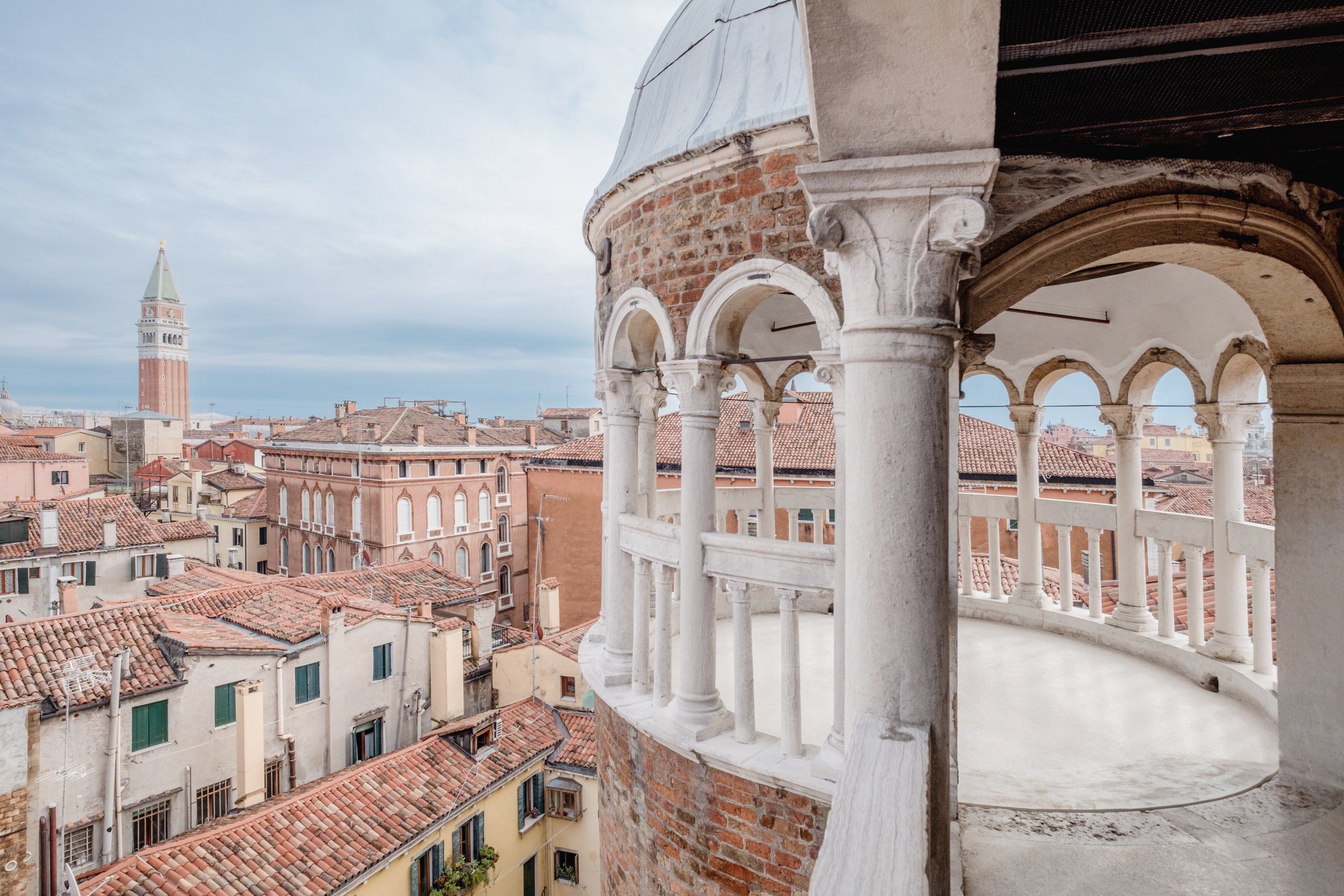
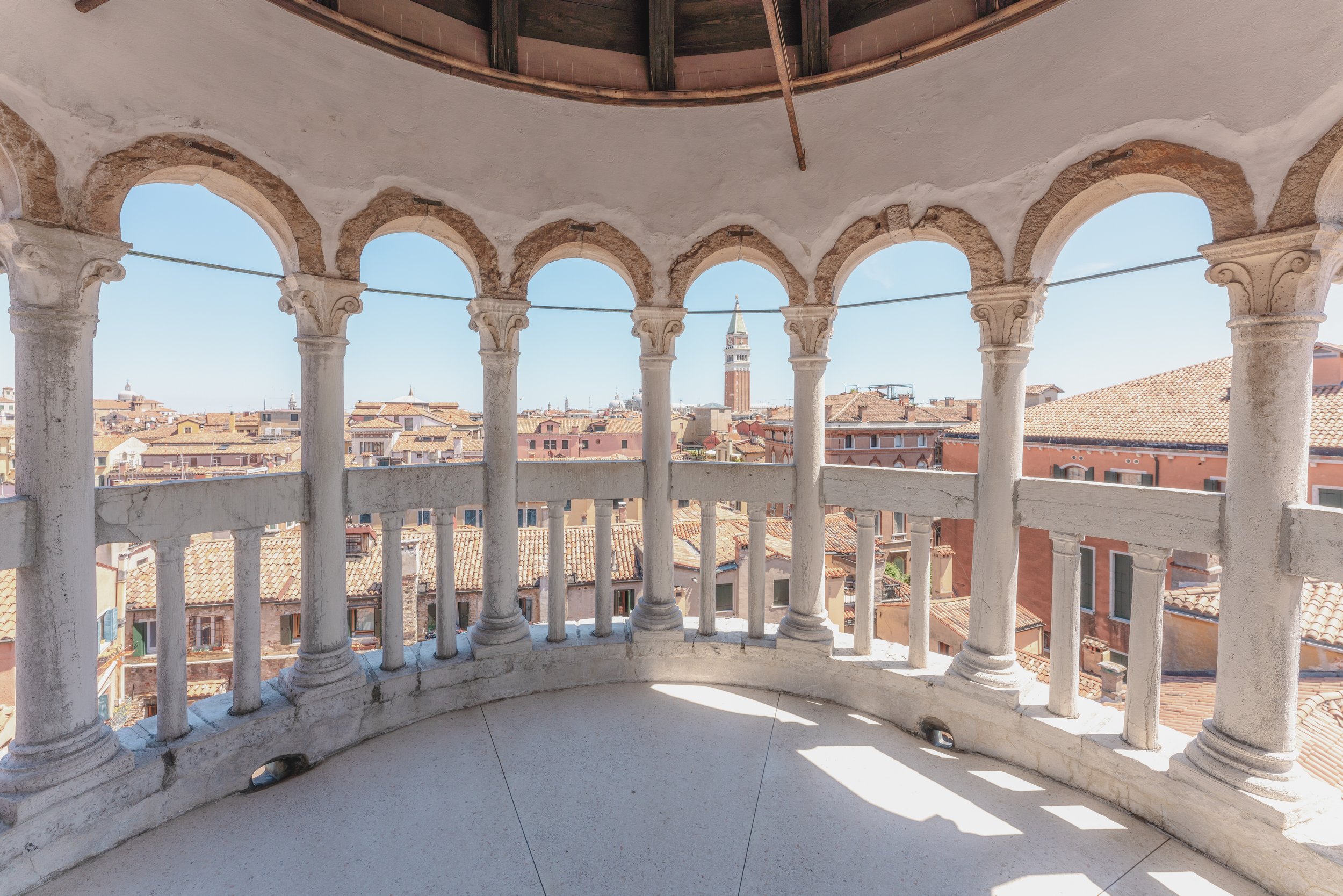
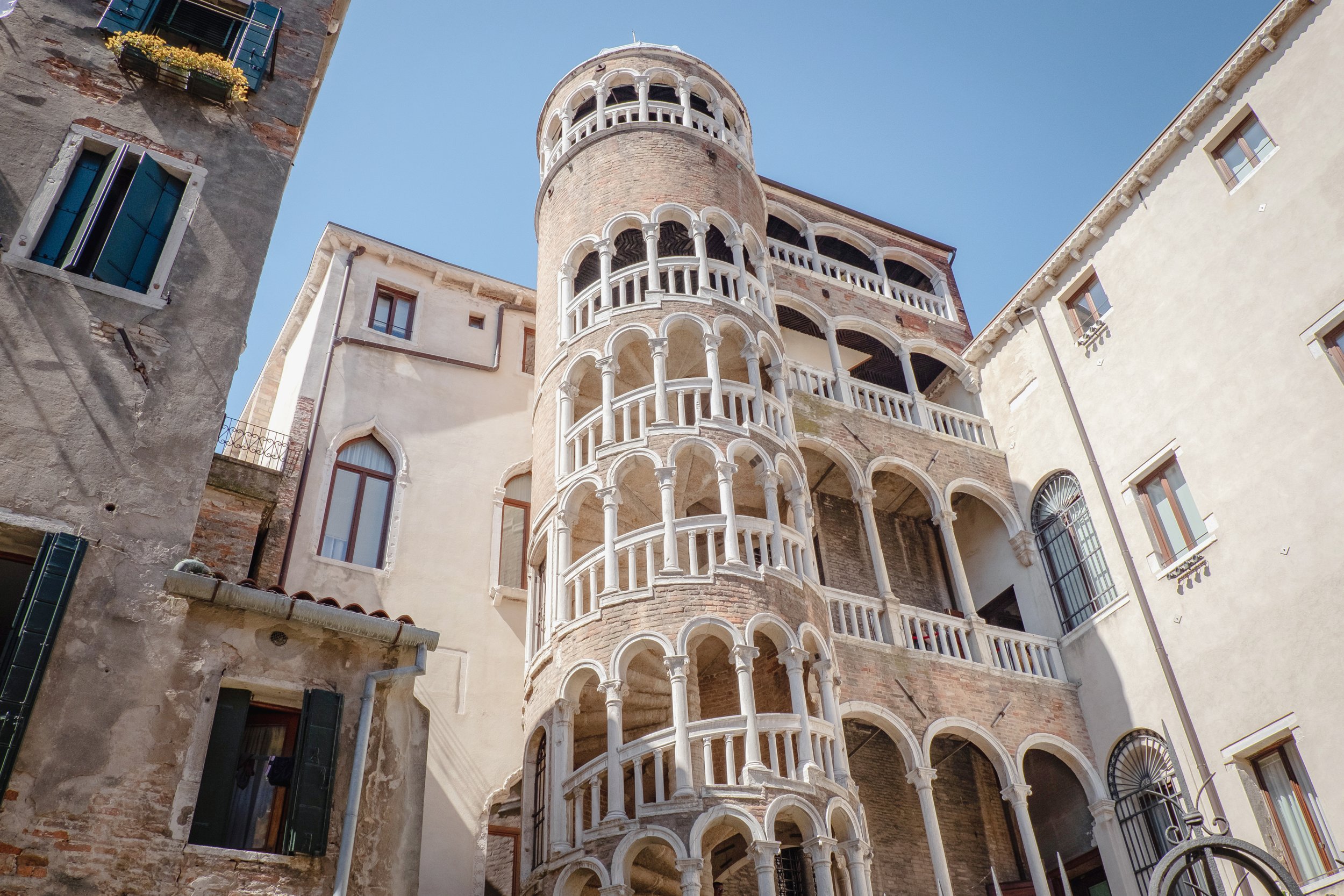
The Venetian palaces
-
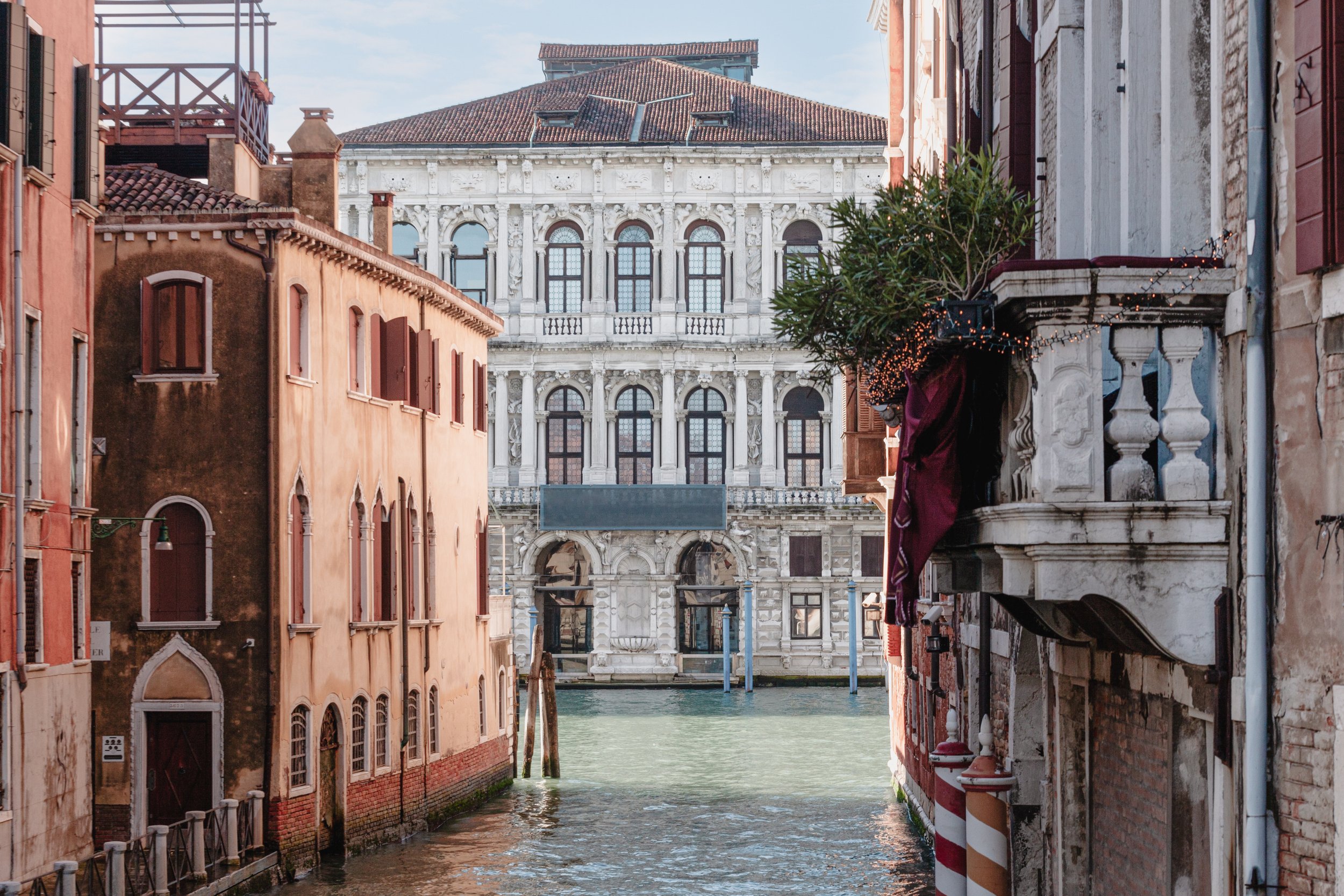
Ca' Pesaro
The Ca' Pesaro is a Baroque marble palace turned art museum, facing the Grand Canal of Venice, Italy.
-

Ca' D'Oro
One of the older palaces in the city, its name means "golden house" due to the gilt and polychrome external decorations which once adorned its walls.
-
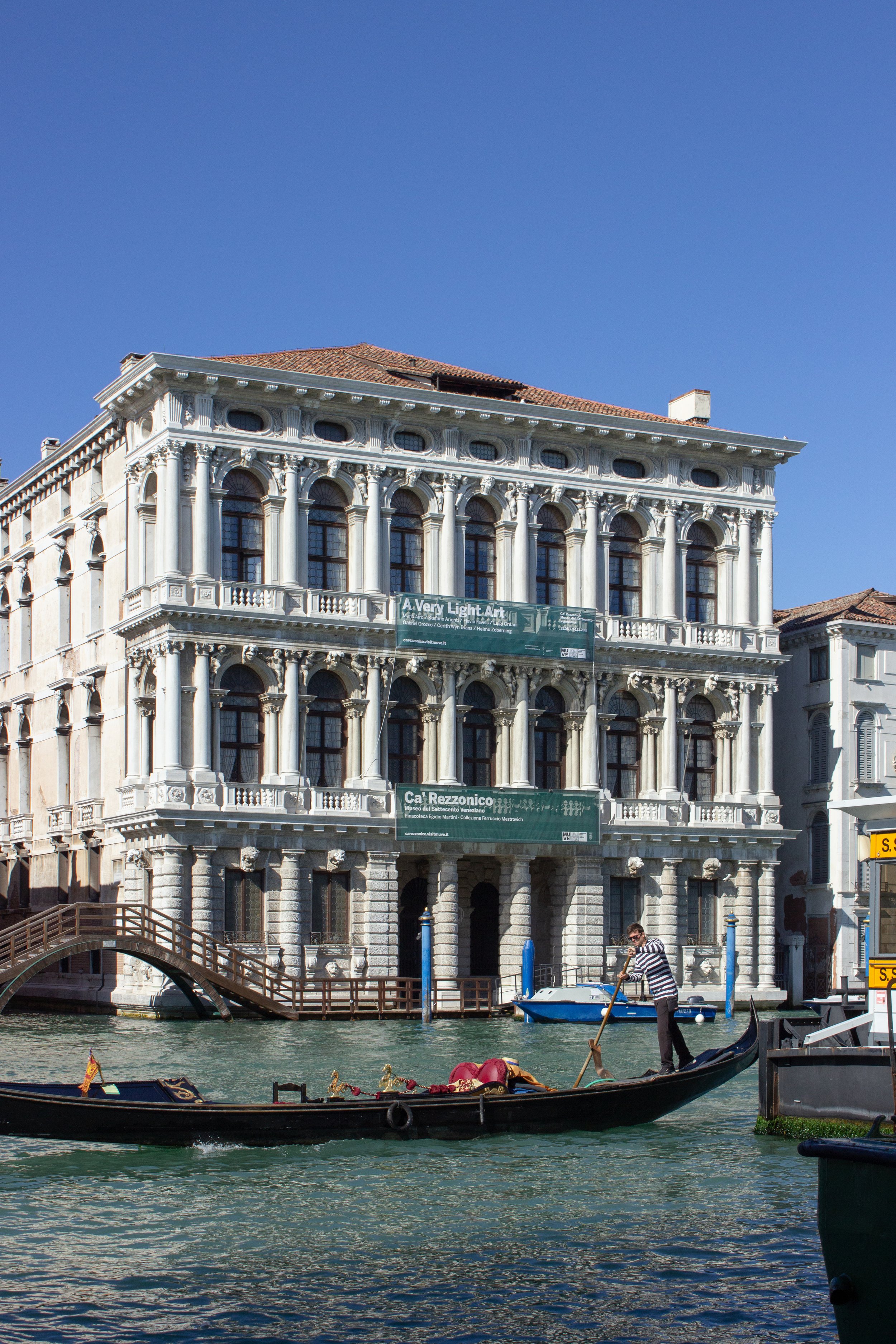
Ca' Rezzonico
It is a particularly notable example of the 18th century Venetian baroque and rococo architecture and interior decoration.
-
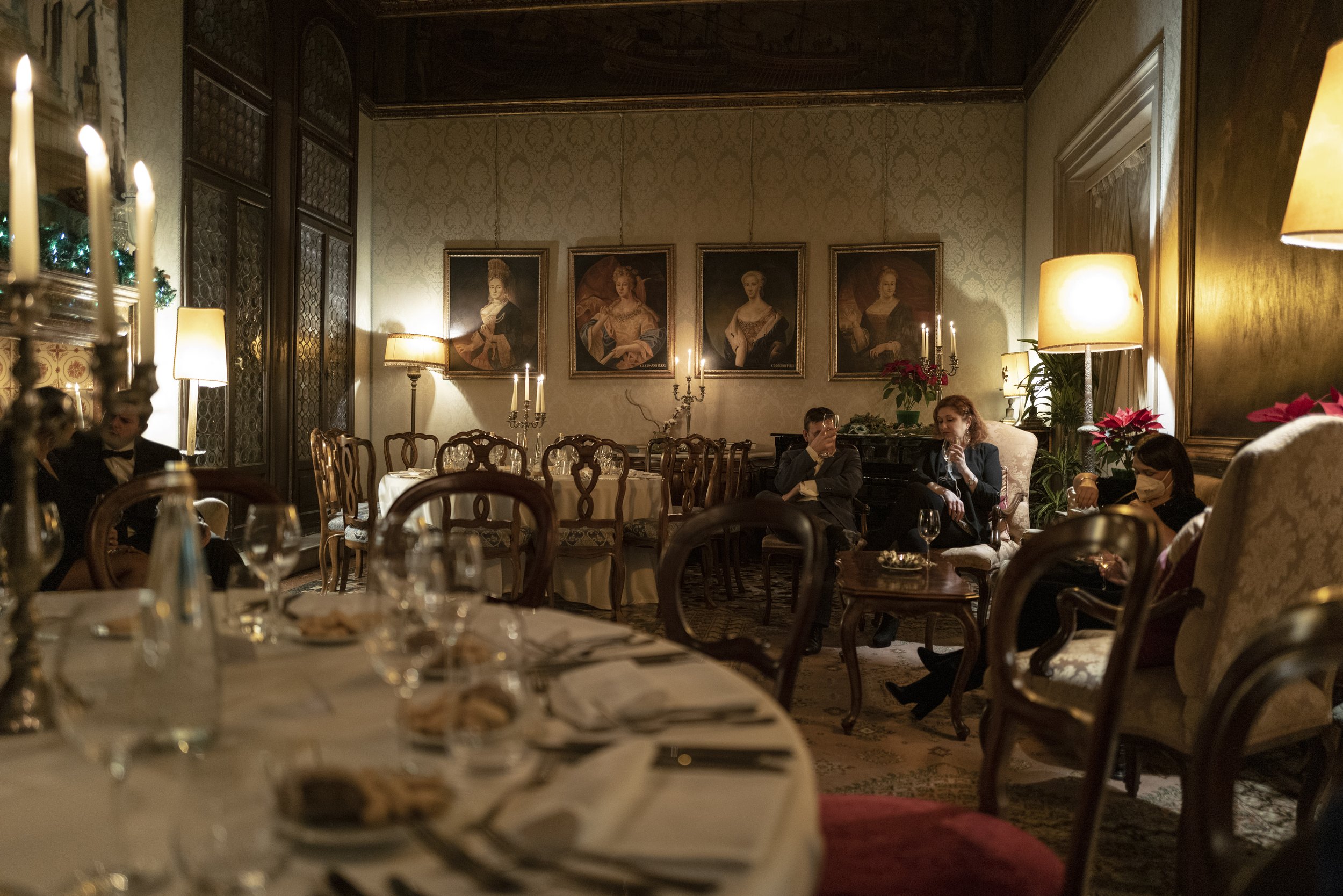
Palazzetto Pisani
The Palazzetto Pisani is a magnificent building overlooking the Grand Canal.
-
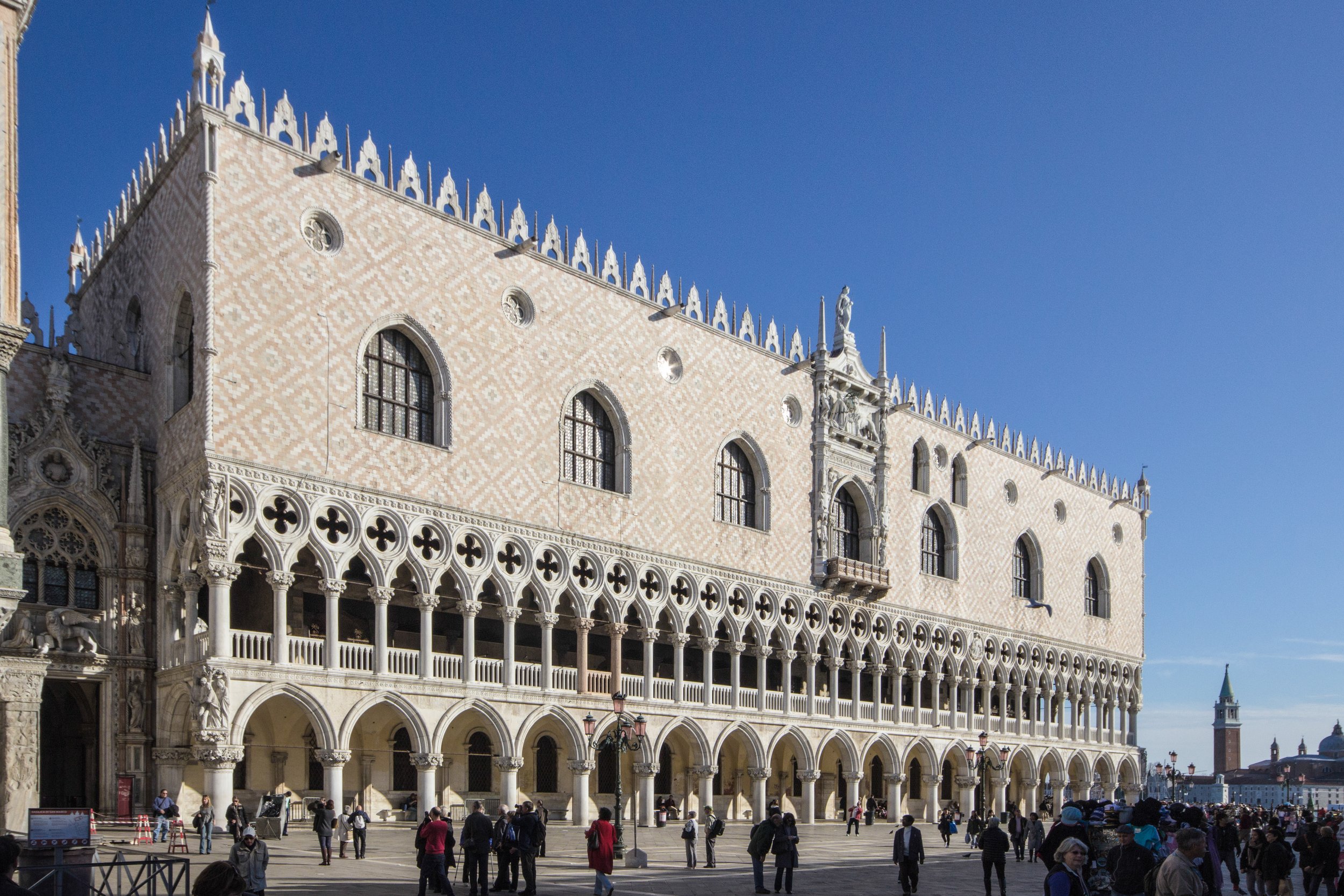
Doge's Palace - Palazzo Ducale
A masterpiece of Gothic art, the Doge's Palace is among the Serenissima's top attractions.
-

Ca' Vendramin Calergi
In this prestigious location, among famous paintings, damask rooms, and imposing Murano chandeliers, is now the Venice Casino.
-

Palazzo Grassi
The museum hosts a number of temporary exhibitions throughout the year, featuring works by artists from around the world.
-
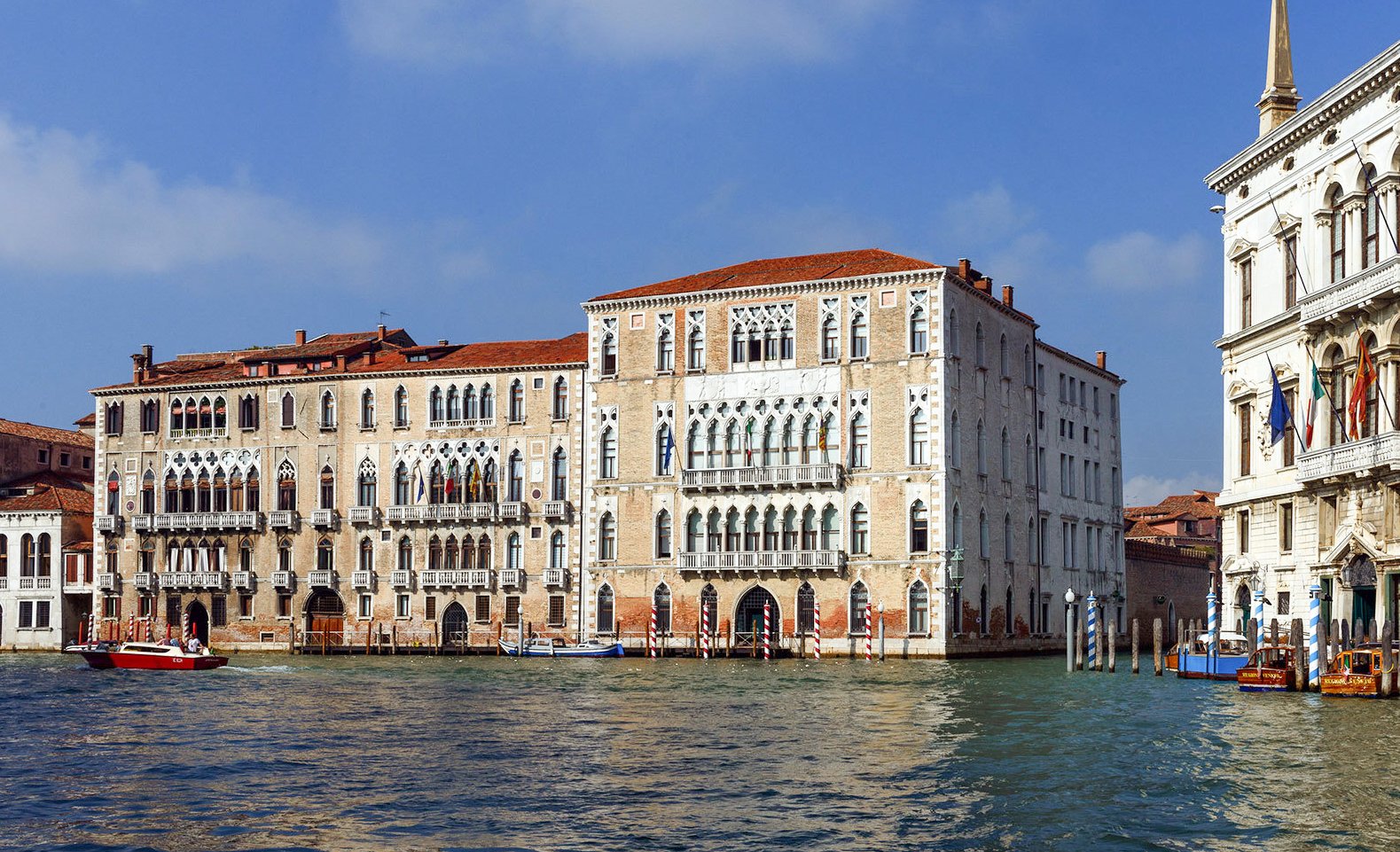
Ca' Foscari
The Foscari Giustinian complex is the headquarters of Ca' Foscari University of Venice.
-

Palazzo Mocenigo
It houses the “Study center for history of textiles, costume and perfume”.
-

Palazzo Contarini del Bovolo
The most impressive and valuable spiral staircase in Venice.
-

Fontego dei Turchi
Natural History Museum of Venice.
-

Palazzo Fortuny
The Museo Fortuny or Fortuny Museum is an art museum in San Marco, in central Venice, Italy.
-
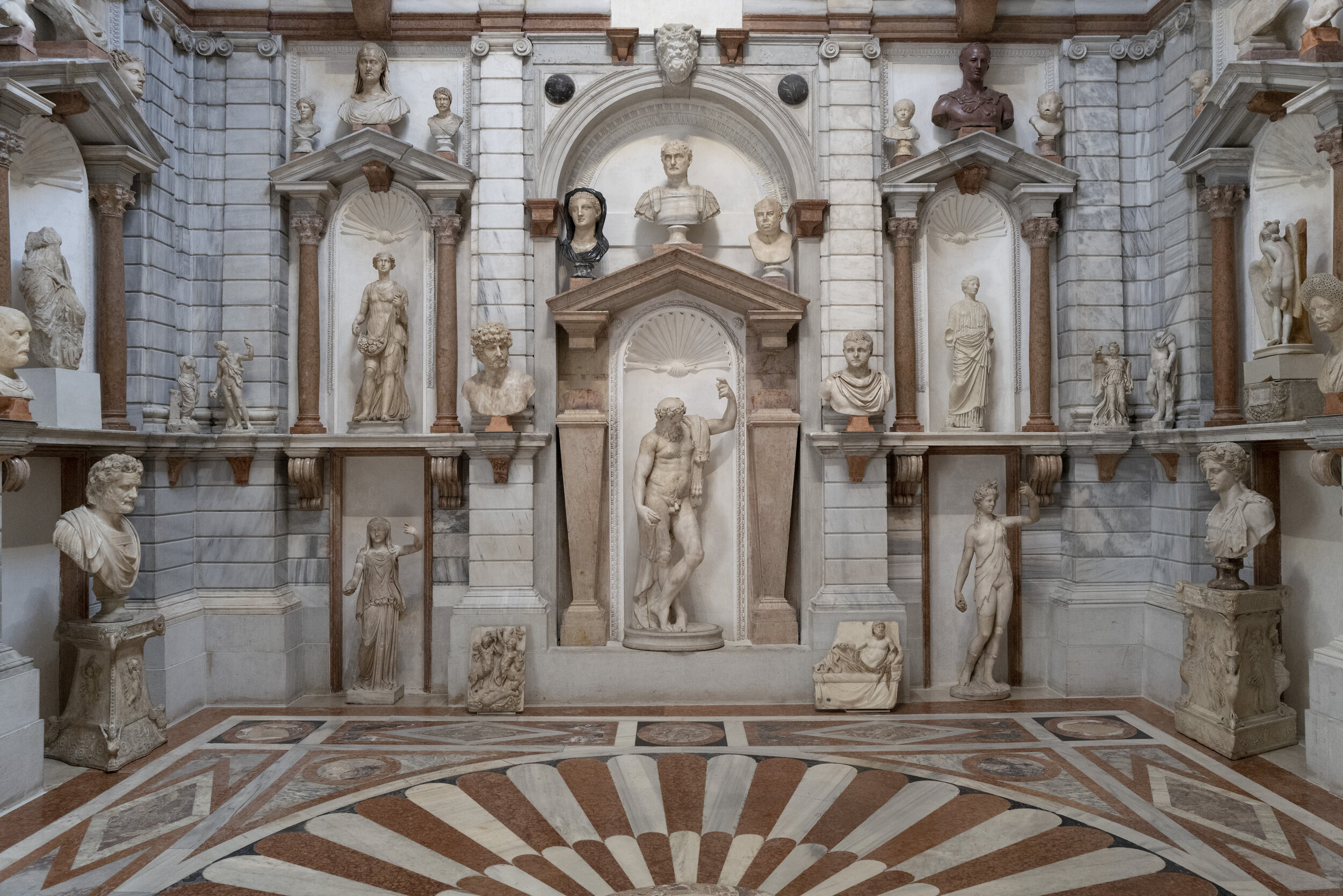
Palazzo Grimani
A unique venue for the history and architecture in Venice. Of extraordinarily high quality are the well furnished rooms.
About Venice
Palaces
Doge’s Palace - Palazzo Ducale
Islands and districts
Festival del Cinema di Venezia
Rialto Bridge - Ponte di Rialto